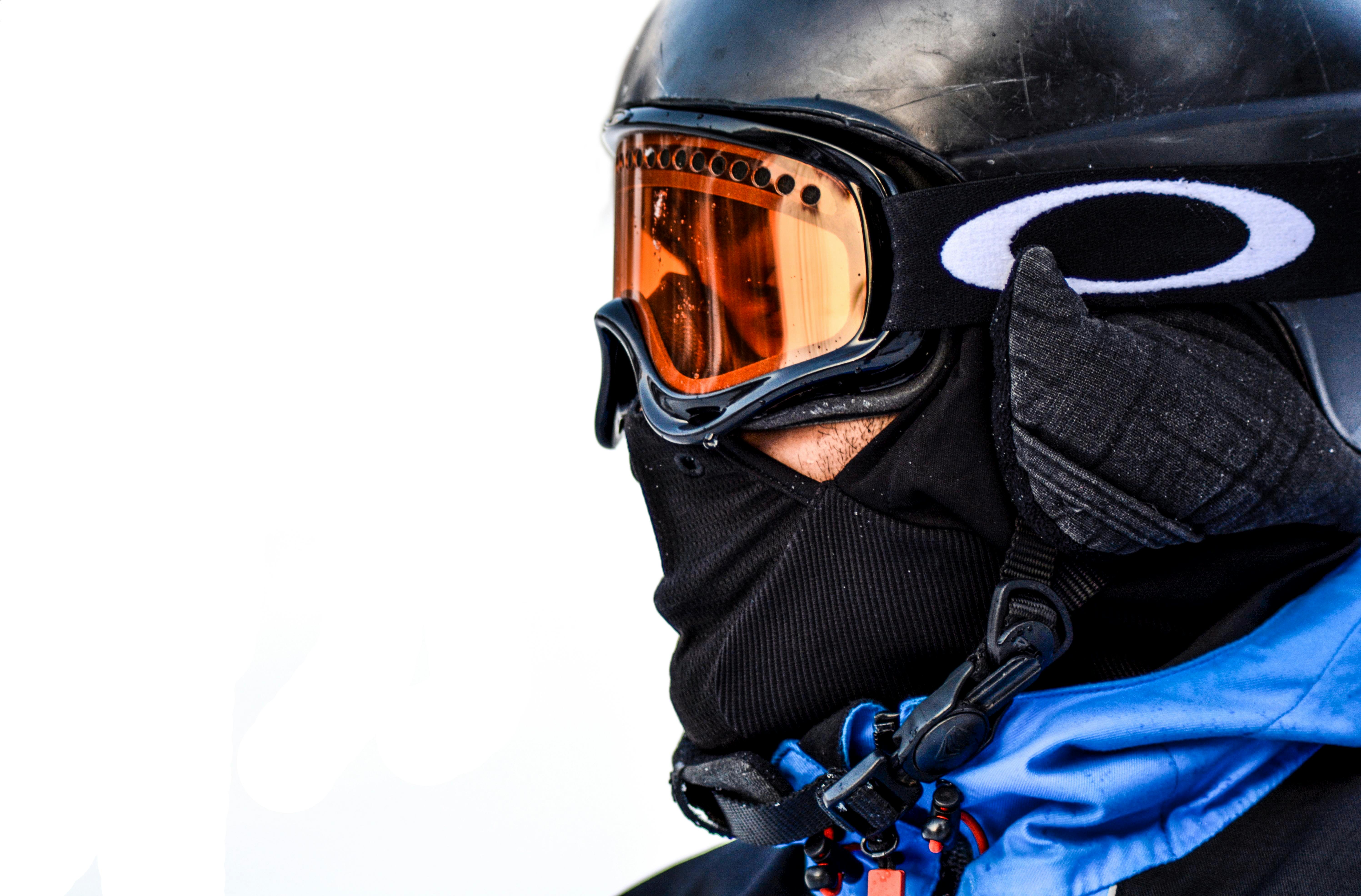Mittens Guide for Snow, Skiing, and Children
Mittens are a simple but effective choice for head-to-toe winter comfort, especially when snow and cold weather demand reliable warm clothing. This article explains how mittens differ from gloves, what to look for when choosing pairs for skiing or everyday use, why fleece matters as a lining or standalone option, and how to select safe, properly sized mittens for children.

How mittens fit into warm clothing
Mittens concentrate warmth by keeping fingers together, reducing exposed surface area compared with fingered gloves. That makes them efficient components of layered warm clothing systems for cold days and snowy outings. When paired with a good outer shell and insulating liner, mittens can trap warm air while blocking wind and moisture, which helps maintain hand temperature during low-activity periods like photographing a winter scene or supervising children outdoors.
Mittens are best used where fine finger dexterity is less critical. For tasks that require precision, consider mitten designs with removable tops or a thin glove liner underneath.
How mittens perform in snow
Snow exposure demands water resistance and reliable closures to keep moisture out. Mittens with waterproof outer shells, sealed seams, and long gauntlets that tuck under jacket sleeves reduce the chance of snow getting inside. Breathability also matters: without it, sweat can condense, leaving hands cold once activity decreases. Multi-layer mittens that combine an outer waterproof layer with a breathable membrane and insulating inner layer balance protection with comfort in snowy conditions.
For heavy, wet snow, look for mittens treated with durable water repellent (DWR) and reinforced palms. For light, powdery snow, lighter shell materials may be adequate, but still choose designs that keep snow from entering around the wrist.
Mittens for skiing: what to look for
Skiing places specific demands on mittens: insulation for extended exposure, stormproofing at high speeds, and compatibility with ski poles and helmeted falls. Ski mittens often feature high-grade insulation such as synthetic fibers (for wet conditions) or responsibly sourced down for dry cold. Look for wrist cinches, gauntlets that fit over jacket cuffs, and grippy palm material to handle poles and gear.
Consider mittens with removable liners for drying and adjusting insulation levels. Also check for leash or clip systems to prevent loss on the lift, and built-in wrist straps or adjustable cuffs to keep snow out when you’re active on slopes.
Fleece mittens: features and care
Fleece is a popular inner lining and standalone fabric for mild cold because it is lightweight, soft, and insulating even when slightly damp. Fleece mittens provide comfortable warmth for everyday outdoor play or as a liner inside a waterproof shell. Common fleece varieties include microfleece and polar fleece; the denser the pile, the more insulating it will be.
Care for fleece by washing in cold water and avoiding fabric softeners, which can reduce loft and breathability. Tumble-dry on low or air-dry to maintain texture. For long-term performance, inspect fleece liners for pilling and replace them as needed to keep insulation consistent.
Mittens for children: sizing and safety
Children’s mittens should fit snugly without being tight; too-large mittens allow cold air and snow inside, while too-small mittens restrict circulation. Measure children’s hands by length (wrist to tip of middle finger) and circumference and check manufacturer sizing charts. Adjustable wrist closures and long gauntlets that secure under jacket sleeves improve fit and prevent snow intrusion during play.
Safety considerations include avoiding long cords or wrist straps that could present strangulation risks; many modern children’s mittens use short straps or detachable clips instead. Choose bright colors or reflective details for visibility in low light, and prefer washable materials to handle frequent wetting and soiling typical with active children.
Conclusion
Mittens are practical elements of winter warm clothing, suitable for everyday snow play and many skiing situations when chosen with appropriate insulation, waterproofing, and fit. Fleece offers a cozy liner or lightweight option, while children’s mittens need extra attention to sizing and safety. Balancing warmth, breathability, and usability will help you select mittens that perform well for the intended winter activity.






